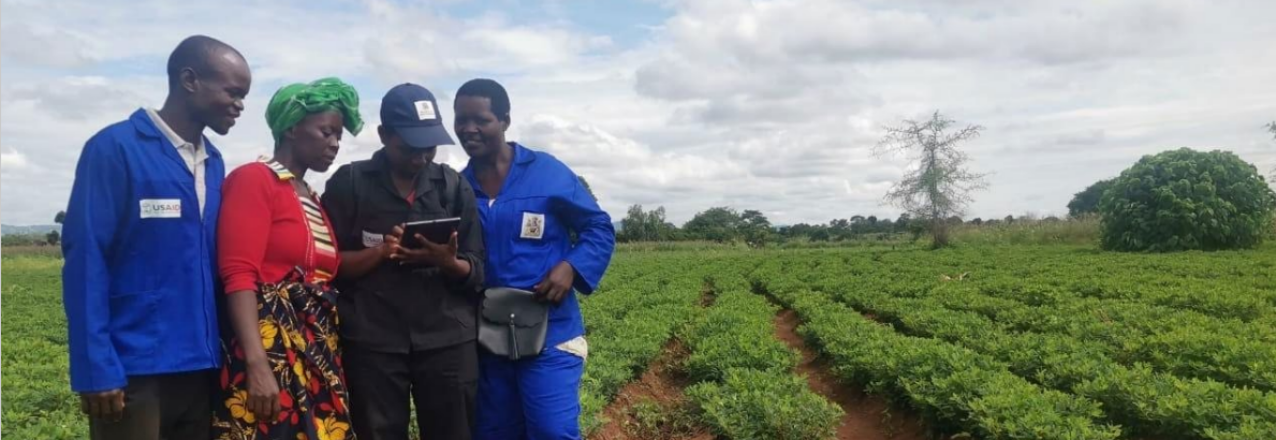Training Objectives and Approach
This manual is designed as a practical guide for facilitators to provide light-touch training on gender norms in the context of land rights in Malawi for CLC members. It is important to bear in mind that gender norms are deeply rooted in communities, and change takes time and concerted efforts at various levels. This 2-day training is an initial step towards change, but other actions with other stakeholders (government officers, traditional leaders, and men and women in the communities) are needed to sustain change.
In the spirit of collaboration and efficient use of available resources, it draws on existing and publicly available training approaches1, which have been adapted to the context of land governance in Malawi. The light touch training adapts exercises from the longer Household Dialogues on Gender Norms training and Women’s Empowerment and Leadership training developed by ILRG. The ultimate goal of the training is to promote changes in individual beliefs, attitudes, and perceptions, which can lead to shifts in collective/social norms. Specifically, the training has the following learning objectives:
- Create awareness about gender inequality in land ownership and control and understand the impact of harmful gender norms on men and women.
- Understand the different types of power, power hierarchies, and power abuse.
- Create awareness around the different types of gender-based violence and foster an understanding that violence is unacceptable and harmful to everybody in the household.
- Discuss how men and women are able to perform leadership roles and foster an individual and collective vision for equality in leadership and land registration.
- Realize that gender norms can and do change and the individual commitments necessary to begin changes in harmful gender norms.
The training is designed to be run by at least one facilitator, who should be experienced in gender equality, women’s empowerment, and facilitating participatory training sessions. It is a highly interactive program and uses a variety of methods, including small and whole-group exercises, role play, case studies, and picture cards. This is intended to allow men and women with different literacy levels and confidence in public speaking to participate actively. Men and women are trained together so they can share different points of view, complement each other’s opinions, and challenge themselves and each other on what needs to be done to shift harmful gender norms.
As the methods are highly participatory and competence-based, the maximum recommended number of participants is 20. Choose a venue with ample space for participatory exercises with physical movement and to break participants into smaller groups that can work parallelly without distracting each other. Tables and chairs can hinder participants’ full engagement during the training. People often ‘hide’ behind tables or slouch on chairs. Facilitators should encourage participants to stand up and move around the room as much as possible. Research has shown that we think better when we are on our feet!
This training course is composed of five modules delivered over two full days. At the beginning of each module, there is an overview of the module (purpose, overall length, and sessions). Each session contains its purpose, duration, required materials, facilitator’s notes (additional guidance and key concepts), and a step-by-step guideline to run the session.


